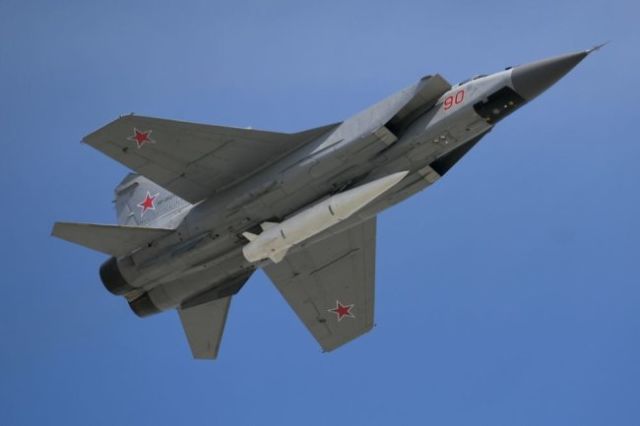While the United States is trying to achieve at least minimal success in hypersonic technologies, Russia is testing ready-made missiles. And, although the most attention of the public is attracted by the planning Avangard combat units for ballistic missiles, the main advantage of hypersonic technologies is concentrated in the operational and tactical link, writes 19FortyFive.
It is generally believed that the US missile defense system is capable of intercepting Russian ballistic missiles. This is not the case, the publication writes. It quotes from the Pentagon report for 2019: "The capabilities of the US missile defense will be increased to ensure the continued effective protection of the United States from the offensive missile threats of rogue states." As for Russian and Chinese ballistic missiles, the United States relies more on "nuclear deterrence" here. In other words, there is no reliable protection against ICBMs. The GBI anti-missile system has a 55 percent probability of interception (and then only with respect to North Korean ICBMs). As part of the GBI, 44 interceptors are on duty, while Russia has almost 500 ready-to-launch ballistic missiles in mines and on mobile platforms.
The same "Vanguard" is a double threat weapon. Its carrier, the heavy Sarmat ICBM, can deliver 10 tons of warheads to anywhere in the world: both nuclear and conventional. What exactly will arrive will become known only when the charge is triggered. This uncertainty will force Russia's opponents to prepare for the worst-case scenario, diverting forces and funds.
But the real threats of Russian hypersonic technologies lie in another area, tactical. Hypersonic missiles "Dagger" and "Zircon" - designed, respectively, for aircraft and ships - are one step away from being adopted. Their use in combat will make it easy, as in a shooting range, to hit any targets, since neither the United States nor its NATO allies have the means to intercept such high-speed missiles.
Anton Valagin

